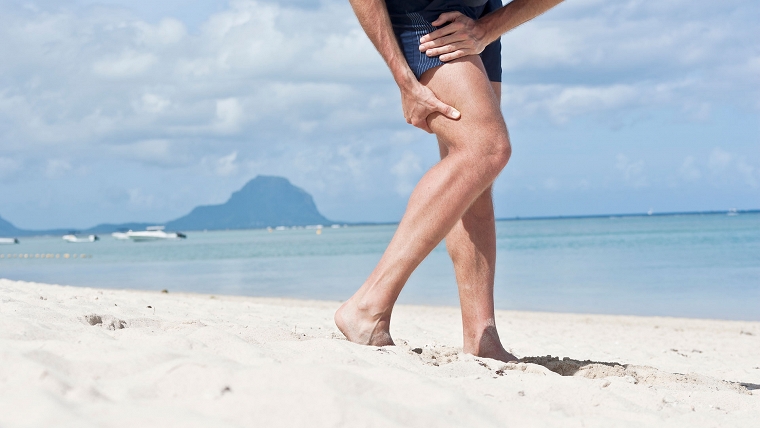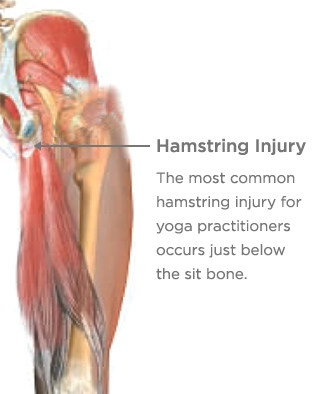It’s best to think of Standing Head to Knee Pose in phases instead of focusing on the ultimate destination. If
you can commit to mastering each step one at a time, you will build a
much stronger foundation and ultimately a better executed posture, even
if you remain in the beginning phases for weeks, months, oftentimes even
years. If you can breathe, have a little faith, and truly
take this posture at your own pace anyone can enjoy the benefits of this
posture. For the first phase of this posture:
Step 1. Clear your mind and say to yourself "I am not going to fall out
of this pose today." Keep your eyes fixed on one spot and do not move the
eyeballs (this is a meditation technique that helps keep the body and
mind very still and concentrated)
Step
2. Establish a very solid foundation. The most important aspect of this
pose is the standing leg being STRAIGHT and ENGAGED. Contract all of
the muscles above and below the knee. You know you are collapsing when
the weight is sinking all the way back
in your heel and you are feeling pressure in the back of the knee of the
standing leg.
Step 3. Suck your stomach in and breathe slow and steady throughout
the pose, as this will help you with your balance considerably. Do this BEFORE
you round down. Trying to suck your stomach in after you already have
your foot in hand does not allow you to engage all the same muscles because
now your weight is distributed differently in the body. Suck it in as
hard as you can before you round down!
Step
4. Interlock 10 fingers and as you pick up your foot try to round down, so that your
lifted thigh is parallel to the floor. If you are standing
upright as you try to grab your foot, it
is much more difficult to achieve a locked out leg as your hip
joint on
the standing leg isn't in the ideal position. With your lifted
thigh parallel to the floor, the lower part of your leg should be
directly under your knee at a 45 degree angle to the thigh.
*For those who are overweight, have arthritis or other conditions and
challenges, round the spine and grab wherever you can below the knee.
Step
5. Notice
how heavy your foot feels in your interlaced hands. Your “core” or more
accurately, the muscles in your belly, hip flexors, and in your lower
back, are
responsible for holding your leg lifted (NOT your hands). The more
these muscles work
to hold your leg up, the lighter your foot will feel in your hands. *To test your core strength, try
releasing your foot for a second while in this position to see if you
can still hold your leg up.
Step 6. Keep your body weight forward on your standing leg foot (as opposed
to resting on the back of your heel or in the back of your knee). Push the knuckle of your big toe into the ground. This
will cause the muscles on the front side of your standing leg to pull up
almost automatically. As a result, between shifting your weight
forward and holding your leg lifted, you will be using almost all of the
muscles in the front side of your body.
When the muscles on the front side of your body are being contracted,
they send signals to the muscles on the back side of your body to
stretch. As you build range of motion in the back of your standing leg
and low back you will eventually have the range of motion available to
kick out part way, or fully. If your standing leg buckles when you try
to kick out, it means you’ve gone beyond the range of motion available
to you, and are no longer using your contracted front-side muscles to
hold you in place.
Remember
that you are getting 100% of the benefit of the posture just by staying
in the first part. Focus on maintaining your balance here, looking
forward in the mirror at your standing knee, and breathing in and out
through your nose. Don't get frustrated if you aren't ready to kick your
leg out. It can take months or even years to get to the next part.
Again, 100% of the benefit from 100% effort in the first part!













